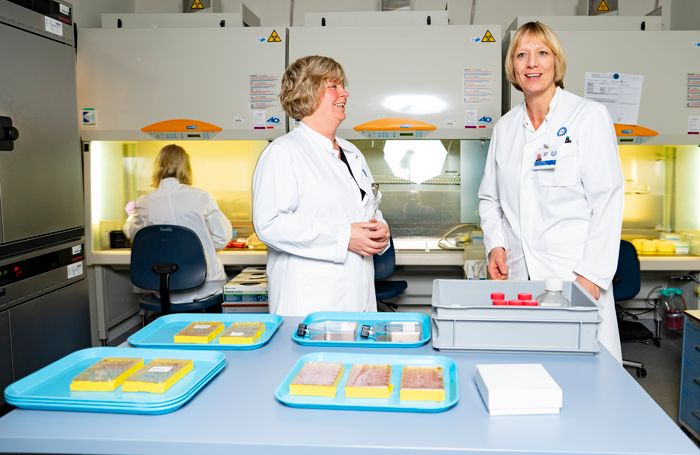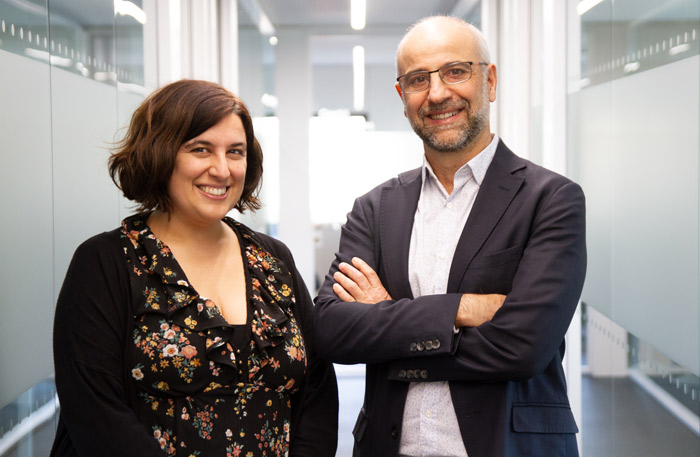Confirmed: Düsseldorf Patient Cured of HIV
After years of monitoring, researchers confirm another stem cell transplantation success
Researchers working under the purview of amfAR’s ICISTEM consortium, along with colleagues in Germany, have confirmed that a 53-year-old man in Germany named Marc, formerly known only as the Düsseldorf patient, has been cured of HIV via a stem cell transplant.
While stem cell transplants show proof that HIV can be cured, the procedure is a high-risk intervention and cannot be widely used as a cure strategy for most people living with HIV. However, these cases provide a wealth of information about curing HIV, and in particular the HIV reservoir. So, in 2014, amfAR established ICISTEM, a consortium of European researchers attempting to replicate the circumstances that led to the groundbreaking cure of Timothy Ray Brown, the Berlin patient.

The second and third individuals who have been cured of HIV in this manner—Adam Castillejo, the London patient, and Marc, the Düsseldorf patient—are both part of amfAR’s ICISTEM cohort of people living with HIV and cancer who received stem cell transplants. Two others who are not in the cohort and whose cases have not been peer-reviewed and published, the New York patient and the City of Hope patient, received similar interventions and, though still being monitored, appear to have been cured.
As in other cure cases, Marc was living with HIV (suppressed thanks to antiretroviral therapy, or ART) and an advanced form of blood cancer. In 2013, as a treatment for both his HIV and acute myeloid leukemia, Marc received a stem cell transplant with donor cells containing the CCR5-delta32 genetic mutation, which renders cells almost impervious to HIV infection. After a relapse of his leukemia, which was treated successfully without additional stem cell transplantation, Marc discontinued ART in 2018 and continues to show no signs of HIV infection.
“It may take time to see results, but it’s always gratifying to see the real human impact of amfAR’s research investments,” said Rowena Johnston, Ph.D., amfAR VP and director of research. “While we’ll learn from Marc’s case, like the others before him, we’ll continue to work towards a cure that’s accessible, affordable, and available to everyone living with HIV.”

The research findings were published in Nature Medicine. Authors include Dr. Guido Kobbe, who led the transplant team, Dr. Björn-Erik Jensen, who managed Marc’s HIV care, and several ICISTEM Members: Dr. AnneMarie Wensing, co-principal investigator, and Dr. Monique Nijhuis, of University Medical Center Utrecht, the Netherlands; Dr. Javier Martínez-Picado, co-principal investigator, and Dr. María Salgado, of the IrsiCaixa AIDS Research Institute, Barcelona, Spain; Dr. Johanna Eberhard, and Dr. Julian Schulze zur Wiesch, of the University Medical Center Hamburg-Eppendorf, Hamburg, Germany; and Dr. Asier Sáez-Cirión, of the Pasteur Institute, Paris, France.
Share This:
